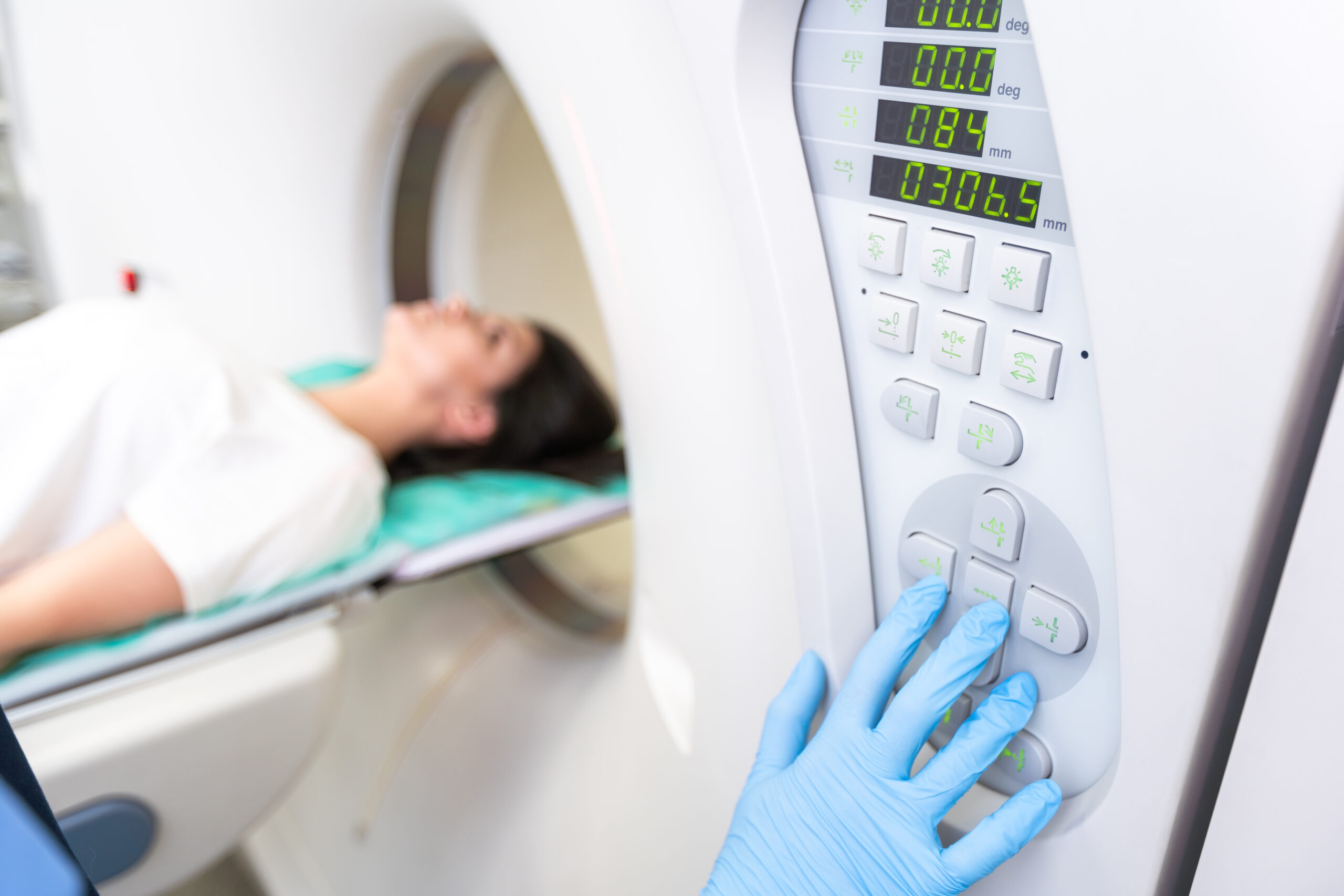Diagnosis of Endometriosis
Endometriosis Is a condition where tissue similar to the lining inside the uterus grows outside it, often causing pain and sometimes fertility issues. Because symptoms can vary and overlap with other conditions, diagnosing endometriosis can be challenging.
DIAGNOSIS…
Diagnosis of Endometriosis
Endometriosis Is a condition where tissue similar to the lining inside the uterus grows outside it, often causing pain and sometimes fertility issues. Because symptoms can vary and overlap with other conditions, diagnosing endometriosis can be challenging.
DIAGNOSIS…
01
Initial Evaluation
Initial Evaluation
The journey to a diagnosis often begins with a detailed discussion of your symptoms and medical history. Healthcare professionals may inquire about the nature and severity of your pain, menstrual cycle patterns, and any family history of endometriosis.


Physical Examination
Physical Examination
A pelvic exam is typically the first step, where a doctor feels for abnormalities in your pelvis that might suggest endometriosis. However, small areas of endometriosis are difficult to detect unless they’ve formed cysts.
02
01
Initial Evaluation
Initial Evaluation
The journey to a diagnosis often begins with a detailed discussion of your symptoms and medical history. Healthcare professionals may inquire about the nature and severity of your pain, menstrual cycle patterns, and any family history of endometriosis.


Physical Examination
Physical Examination
A pelvic exam is typically the first step, where a doctor feels for abnormalities in your pelvis that might suggest endometriosis. However, small areas of endometriosis are difficult to detect unless they’ve formed cysts.
02
03
Imaging Tests
Imaging Tests
Ultrasound and Magnetic Resonance Imaging (MRI) are common non-invasive tests used to identify cysts associated with endometriosis (endometriomas) and to provide detailed information about the location and size of endometrial implants. While these imaging tests can suggest the presence of endometriosis, they cannot confirm it definitively.

03
Imaging Tests
Imaging Tests
Ultrasound and Magnetic Resonance Imaging (MRI) are common non-invasive tests used to identify cysts associated with endometriosis (endometriomas) and to provide detailed information about the location and size of endometrial implants. While these imaging tests can suggest the presence of endometriosis, they cannot confirm it definitively.


Laparoscopy: The Gold Standard
Laparoscopy: The Gold Standard
Laparoscopy is considered the definitive method for diagnosing endometriosis. This minimally invasive surgery involves a small incision near the navel through which a laparoscope (a thin tube with a camera) is inserted, allowing the doctor to see and potentially remove or biopsy areas of endometriosis tissue.
04

Laparoscopy: The Gold Standard
Laparoscopy: The Gold Standard
Laparoscopy is considered the definitive method for diagnosing endometriosis. This minimally invasive surgery involves a small incision near the navel through which a laparoscope (a thin tube with a camera) is inserted, allowing the doctor to see and potentially remove or biopsy areas of endometriosis tissue.
04
05
Understanding Your Condition
Understanding Your Condition
It’s important to remember that the severity of endometriosis does not always correlate with the level of pain experienced. Some individuals with mild endometriosis may experience severe pain, while others with advanced endometriosis may have minimal discomfort.


Engaging With Your Healthcare Team
Engaging With Your Healthcare Team
Effective management of endometriosis requires a collaborative approach. Being open about your symptoms, asking questions, and discussing your treatment goals with your healthcare provider are crucial steps in managing your condition.
06
05
Understanding Your Condition
Understanding Your Condition
It’s important to remember that the severity of endometriosis does not always correlate with the level of pain experienced. Some individuals with mild endometriosis may experience severe pain, while others with advanced endometriosis may have minimal discomfort.


Engaging With Your Healthcare Team
Engaging With Your Healthcare Team
Effective management of endometriosis requires a collaborative approach. Being open about your symptoms, asking questions, and discussing your treatment goals with your healthcare provider are crucial steps in managing your condition.



